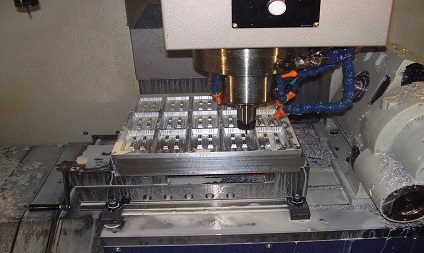What is Aluminum CNC Milling?
Since over 200 years ago, milling has transitioned to a more computerized control: the CNC milling process. Have you ever wondered how a CNC mill works and the materials used?
This article will enlighten you on the best material for the process and the reasons behind it. Scroll through it.
A CNC router for milling is available all over the internet. Like any other digital invention, Computer Numerical Control (CNC) machining has come as a relief in the machining industry.
CNC is responsible for completing previously tedious tasks for assembling complex parts, including cutting, grinding, forming, and boring, all under computer instructions and prompts.
For effective CNC machining and milling, the choice of the milling material dictates the final results. The market provides different materials, including aluminum, stainless steel, brass, titanium, copper, and other metal brands.
Among all the materials, aluminum is the best preferred by a significant number of professionals.
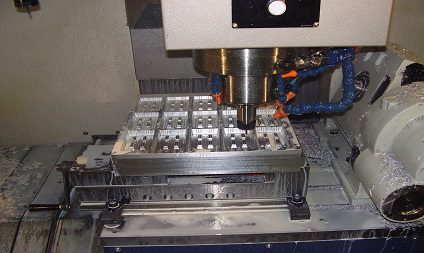
Aluminum CNC milling is a process of using aluminum for manufacturing a product. The process involves using computerized controls and a CNC router to operate and manipulate machine tools using aluminum to cut and shape stock material.
As you shall see in this article, aluminum is readily available and in different grades. However, desktop CNC mills can still use a variety of other materials.
Table of Content
■ What Are The Advantages of Aluminum for CNC Milling?
■ How To Work With Aluminum In a CNC Mill?
What Are The Advantages of Aluminum for CNC Milling?
Aluminum has been and is still an excellent option for CNC machining and milling and it’s readily available in machine shops. Unlike other materials, aluminum is known to be a soft and pliable metal.
For this reason, it has many advantages that give it excellent machinability. Here are why you should choose aluminum for all your CNC machining and milling purposes.
§ Aluminum Is Easy To Bend.
Processes such as cutting, grinding, forming, and boring require easy work with the material. However, unlike others, aluminum can be turned easily because of its thickness and strength-to-weight ratio.
Cutting aluminum is easier than cutting any other metal. Moreover, you can have various aluminum shapes through stamping and processing in the CNC mill.
§ Aluminum Is Resistant To Low Temperatures.
Aluminum material is highly resistant to low temperatures. Steel, which is used in place of aluminum, is quite fragile, especially if working at low temperatures.
However, aluminum materials are easier to process at low temperatures.
§ Aluminum Is Recyclable
CNC machining aluminum produces a lot of waste that is lost in the process. It is therefore advisable to use a metal that will be recyclable.
Aluminum is 100% recyclable, unlike steel and other materials. Moreover, the aluminum chips retain all the original properties during the recycling process.
§ Aluminum Is Cheap
Due to its light in weight nature and short processing time, aluminum has a low cost in comparison to others. It is, therefore, a preference for low profile and high profile companies.
§ Aluminum Has Natural Corrosion Resistance.
Aluminum can generate a protective coating naturally. The coating is formed when the metal comes into contact with an oxidizing environment.
The protective aluminum oxide layer is extremely thin, thereby protecting the surface of the metal from corrosion.
§ Aluminum Is Customizable
After CNC machining aluminum products are customizable depending on the customer's requirements.
Moreover, the parts can be plated into various colors of choice. The most preferred and most used colors are black, blue, and green.
§ Aluminum Has Good Electrical Conductivity.
Aluminum materials have great electrical conductivity compared to other commonly used materials and alloys. For this reason, aluminum CNC machined aluminum parts are ideal for electrical uses.
§ Aluminum Has High Machinability
Aluminum is known to have tight tolerances (approx ±0.025 mm). For this reason, it can be turned into different chips and shapes with ease.
Moreover, the machining tools are easily compatible with aluminum, making work easy and fast.
Generally, the machinability of aluminum makes work easy and shortens the working duration, making complex aluminum parts more affordable.
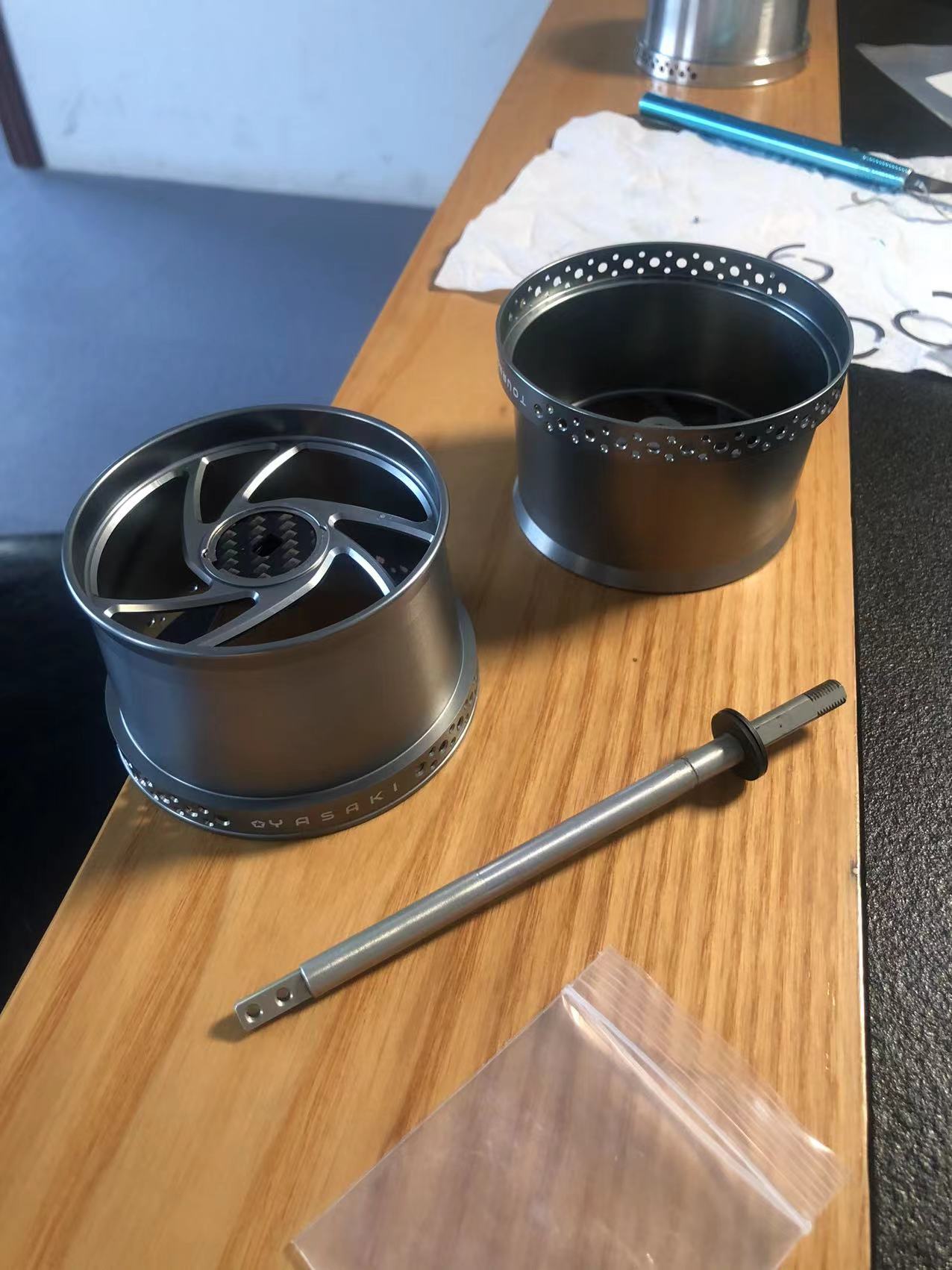
§ Aluminum Has Excellent Thermal Conductivity
Aluminum alloy has a thermal conductivity of 121-151/W· (m·k). The competitor metal, stainless steel, has a thermal conductivity of 58.6-41.9/W· (m·k).
This high conductivity makes it heat treatable making the performance of aluminum alloy better than any other metal.
§ Aluminum Has Anodization Potential
Anodization is the process of using a surface finishing procedure to thicken the protective already oxidized outer layer of metal parts.
Aluminum does not resist anodization using paint and tints. However, the process takes place after machining.
Custom aluminum parts are therefore ideal for various applications which get direct contact with oxidizing agents.
How To Work With Aluminum In a CNC Mill?
Working with aluminum in a CNC machine can present some challenges that are unique to this material. Here are 10 tips from the experts at WorthyHardware on how to overcome these challenges and get the best results from your aluminum machining projects:
- 1. Use Sharp tool
When machining aluminum, dull cutting tools can cause a buildup of material on the tool, which can lead to tool breakage.
As a result, it is important to use sharp tools when working with this material. - 2. Use Coolant.
Aluminum tends to heat up quickly when machined, so it is important to use coolant when working with this material.
This will help to keep the aluminum from sticking to the cutting tool and will also help to extend the life of the tool. - 3. Use A Slower Feed Rate.
Aluminum is a soft metal, so it is important to use a slower feed rate when machining this material.
This will help to prevent the cutter from becoming dull too quickly. - 4. Use A Higher Spindle Speed.
When machining aluminum, it is important to use a higher spindle speed than you would when machining other materials.
This is because aluminum tends to chip easily, so a higher spindle speed will help to prevent this from happening.

- 5. Use A Climb Milling Technique.
When machining aluminum, it is best to use a climb milling technique. This means that the cutter should rotate in the same direction as the feed rate.
This will help to reduce the number of chips that are produced and will also help to prevent tool breakage. - 6. Use Shorter Cutters.
Aluminum is a soft metal, so it is important to use shorter cutters when machining this material. This will help to prevent the cutter from becoming dull too quickly. - 7. Use Larger Pitch Tools.
When machining aluminum, it is best to use larger pitch tools. This is because aluminum tends to chip easily, so a larger pitch will help to prevent this from happening. - 8. Use Higher Feed Rates.
When machining aluminum, it is important to use higher feed rates than you would when machining other materials.
This is because aluminum tends to heat up quickly when machined, so a higher feed rate will help to keep the aluminum from sticking to the cutter. - 9. Use Lower Spindle Speeds.
When machining aluminum, it is important to use lower spindle speeds than you would when machining other materials.
When machining aluminum, it is important to use lower spindle speeds than you would when machining other materials. - 10. Use Frequent Tool Changes.
As aluminum can dull and chip cutters quickly, it is important to use frequent tool changes when working with this material.
As aluminum can dull and chip cutters quickly, it is important to use frequent tool changes when working with this material.
With these tips in mind, you will be able to work more effectively with aluminum in a CNC mill and achieve the best results for your projects.
Aluminum Grades!
Different grades of aluminum produce different results in the machine. Therefore, it is vital to know the grade you are working with and how it works.
The list below consists of common types of aluminum and their machinability expectations.
Alu6061
Among other types of aluminum, alu6061 is the total staple for machining. It is an enjoyable metal to cut. Alu6061 is readily available in any machine shop.
However, if you are not careful with exiting the material on very heavy cuts, it presents a high risk of chipping due to its tensile strength.
The 6061 is a high-strength alloy preferred for other reasons, such as being easy to mill. It is readily weldable, has excellent corrosion resistance, is easily anodized, and has excellent durability.
Moreover, the brand offers an excellent combination of thermal and mechanical properties, which are ideal for the process. Moreover, like other aluminum alloys, it is heat treatable.

Alu6082
Alu6082 is aluminum in the wrought aluminum-magnesium-silicon family (6000 or 6xxx series).
It’s among the more popular aluminum alloys in its series, including alloy 6005, 6061, and 6063. Alu6082 is formed by extrusion and rolling.
However, Alu6082 is not used in casting due to its tensile strength. The brand can also be forged and clad, but that is not common practice with this alloy. Like most aluminum brands it has a high strength to weight ratio.
Unlike any other most popular aluminum alloy, 6082 cannot be hardened, but it is heat treatable and therefore produces tempers with high strength but lower ductility.
Alu7075
Alu7075 is very popular in making structural and aerospace components such as airplane wing spars and bike frames.
Unlike other grades, Alu7075 is a very stiff aluminum due to its tensile strength
The significant mechanical properties of this brand include poor formability and weldability, fine machining, and average corrosion resistance.
During CNC machining, the alloy machines are well but not as nicely as 6061 and not as bad as 5052. So the end product of 7075 is likely to be a little more like a smooth but dull grey.
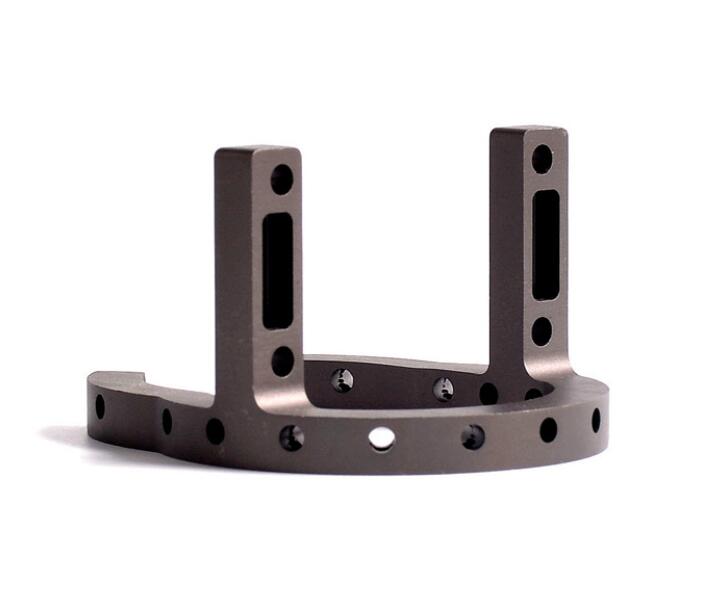
Alu2024
The Alu2024 has a high strength to weight ratio and it’s machinable. However, this brand is known to chip at the end of heavy cuts with the tool breaks out.
An example of a possible problem area is when doing full-diameter slotting.
Aluminum Sheet 2024-T3/T351 is suitable for aerospace, automotive, machine, industrial, and marine applications.
The brand is one of the most popular aluminum alloys. Its only shortcoming is that it has a little corrosion resistance.
Alu5052
Amongst all the aluminum brands, this is the softest brand. Its strength to weight ratio is a bit low. It is mainly used to form applications and marine applications.
Al5052 has excellent natural corrosion resistance. Your tools should be very sharp with excellent lubrication for better results with this brand.
Alu5052 has the highest strength compared to other aluminum grades and comparatively better fatigue strength.
In addition, it has excellent corrosion resistance, good formability and weldability, acceptable machinability, and good resistance to wear.
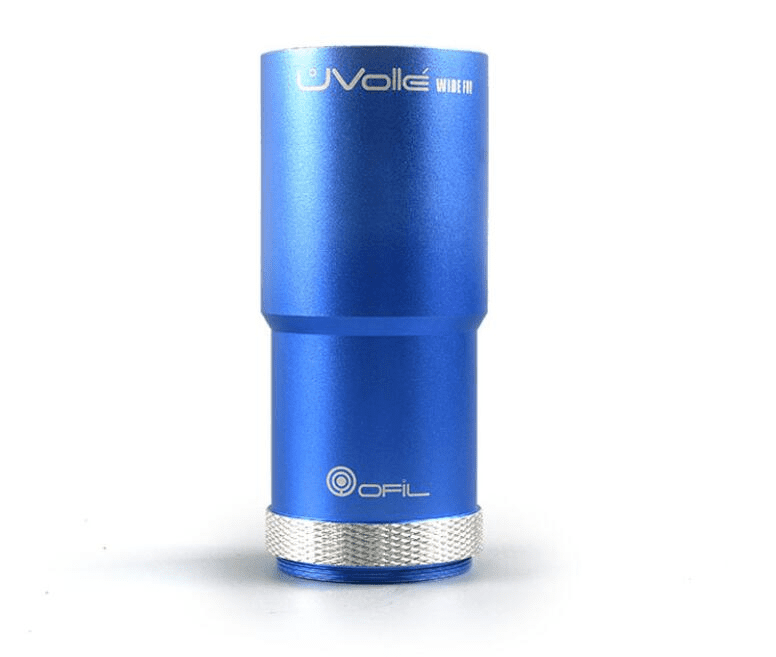
Alternative materials in a CNC mill!
While many companies’ best-preferred mode is CNC machining aluminum, the metal has limitations that make some companies opt for other materials.
Some companies may not be comfortable with aluminum oxidation, which results in tool damage.
Additionally, others may prefer a less expensive alternative or one with lower energy costs of production compared to aluminum.
These alternative materials are used in place of aluminum for machining and milling.
Steel & Stainless Steel
Steel and stainless steel are compared to aluminum due to their high strength and ability to resist temperature.
Although aluminum falls behind in terms of these mechanical properties, steel is hard metal compared to metal aluminum but less machinable.
As an alternative, steel has a higher hardness than aluminum.
Another reason that makes steel and stainless steel preferred is their ability to resist very high temperatures. In addition, stainless steel can become corrosion-resistant as it is heat treatable
Although the specific material properties depend on the alloy, the commonly used alloys include 1018, 1215, and others.
During CNC machining and milling, steel is used for parts that require enhanced formability and stronger welds.
Depending on the alloy of the steel, its best applications include commercial products, parts that require strong welds, gears, shafts, and other high-stress applications.

Titanium
Compared to aluminum, titanium is better in terms of exceptionally high strength to weight ratio.
However, it is more expensive to work with compared to aluminum. The titanium also carries double the strength for a similar weight.
In addition, titanium is unique in its high-temperature melting point. The molten material is ideal for many industries and applications.
Both aluminum and titanium have materials that are highly effective in corrosion resistance.
Titanium is, however, impervious to ductile, salt, and water. Titanium is used in aerospace for aircraft components and healthcare industries for medical devices.
Brass
With modern CNC machining and milling, brass is one of the easiest and most cost-effective materials.
Although the material is unstable and lacks strength, it is still an alternative in the absence of aluminum. As a result, brass is commonly used in making medical equipment, consumer goods, electrical hardware, and contacts.
Moreover, due to its low friction coefficient and high corrosion resistance, brass is used for applications in engineering, plumbing, steam work, and musical instruments.
Copper
Among all metals that are used in the process, copper has the highest electric conductivity. For this reason, it is best used in electrical applications.
Copper cannot produce any CNC machined part alone, but its alloys are made to replicate popular aluminum grades' machinability and other abilities.
Conclusion
Aluminum is one of the most preferred materials for many CNC aluminum milling projects. Its preference is due to its physical properties, ability to resist corrosion, durability, and cost.
Moreover, aluminum is a strong material, perfect for manufacturing durable mechanical parts.
Aluminum can, however, be replaced by other metals that work relatively the same or slightly different. These metals include steel and stainless steel, titanium, brass, and copper.
For the best choice of material in CNN milling, feel free to contact Worthy hardware for professional advice and guidance.
Worthy Hardware is a CNC manufacturing and sheet metal fabrication company,including CNC machining services,CNC milling services, CNC turning services, laser cutting services and stamping services.Call us +86-76989919645 or email us [email protected] for more discounts for your projects.

